The Cost of Obesity in Seven Graphs and the Impact of Lifestyle Medicine
While it’s not often thought of this way, obesity is a complex chronic disease that occurs when an individual’s weight is higher than what is considered healthy for their height. Factors like physical activity, sleep, social determinants of health, certain medications, and even genetics can have an impact on excess weight gain that many people across the country struggle with.
The following seven graphs show the prevalence of obesity, its impact on people’s wallets and the organizations they work for along with the results Premise Health has seen using lifestyle medicine to treat this chronic condition.
Adults with obesity by state
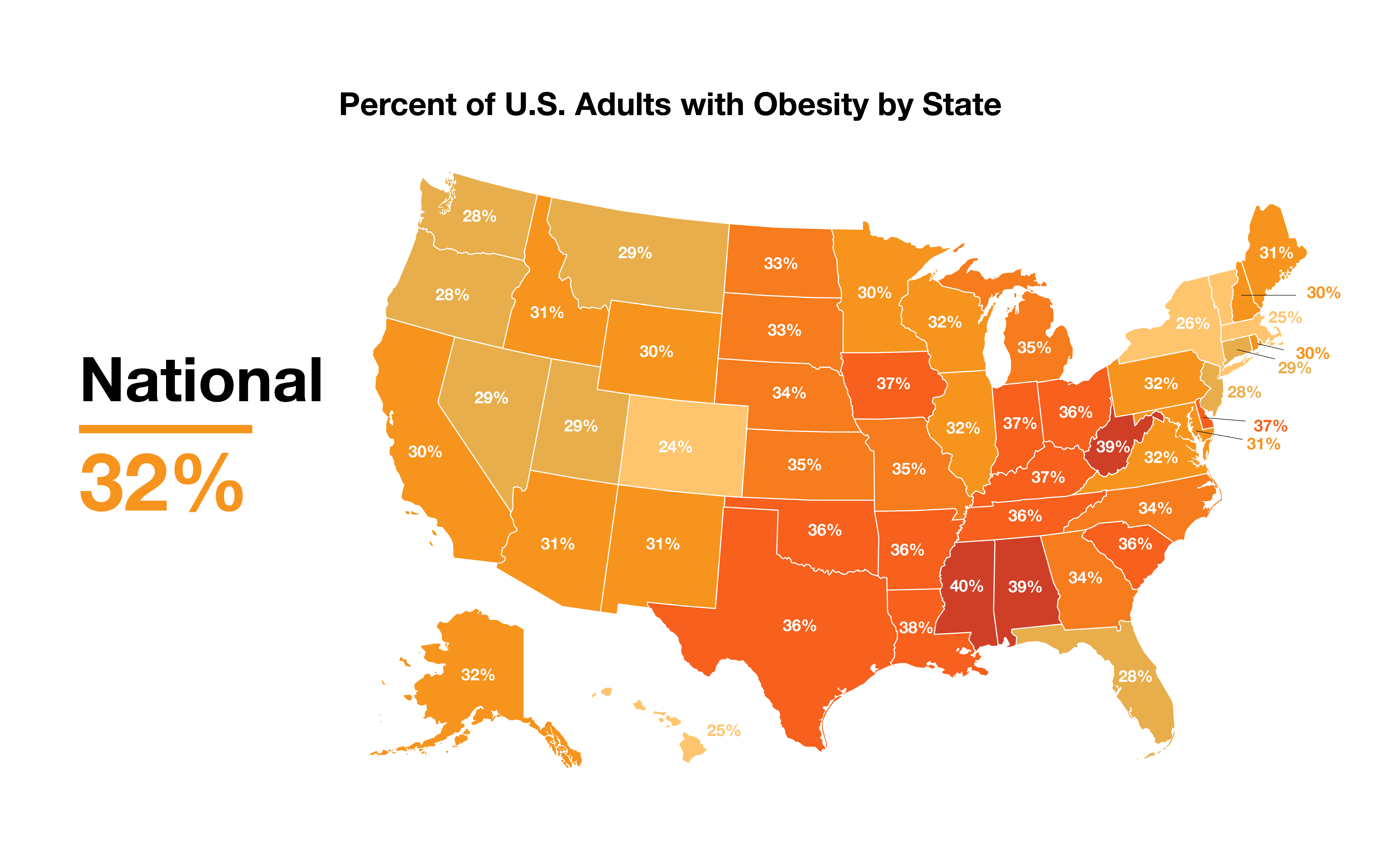
According to the CDC, southeastern states including Alabama, Mississippi, West Virginia, and Louisiana lead the United States with obesity rates upwards of 38% or more. On the other hand, Colorado, the District of Columbia, Hawaii, and Massachusetts have some of the lowest rates of obesity in the country, all falling under 25%.
Obesity demographics
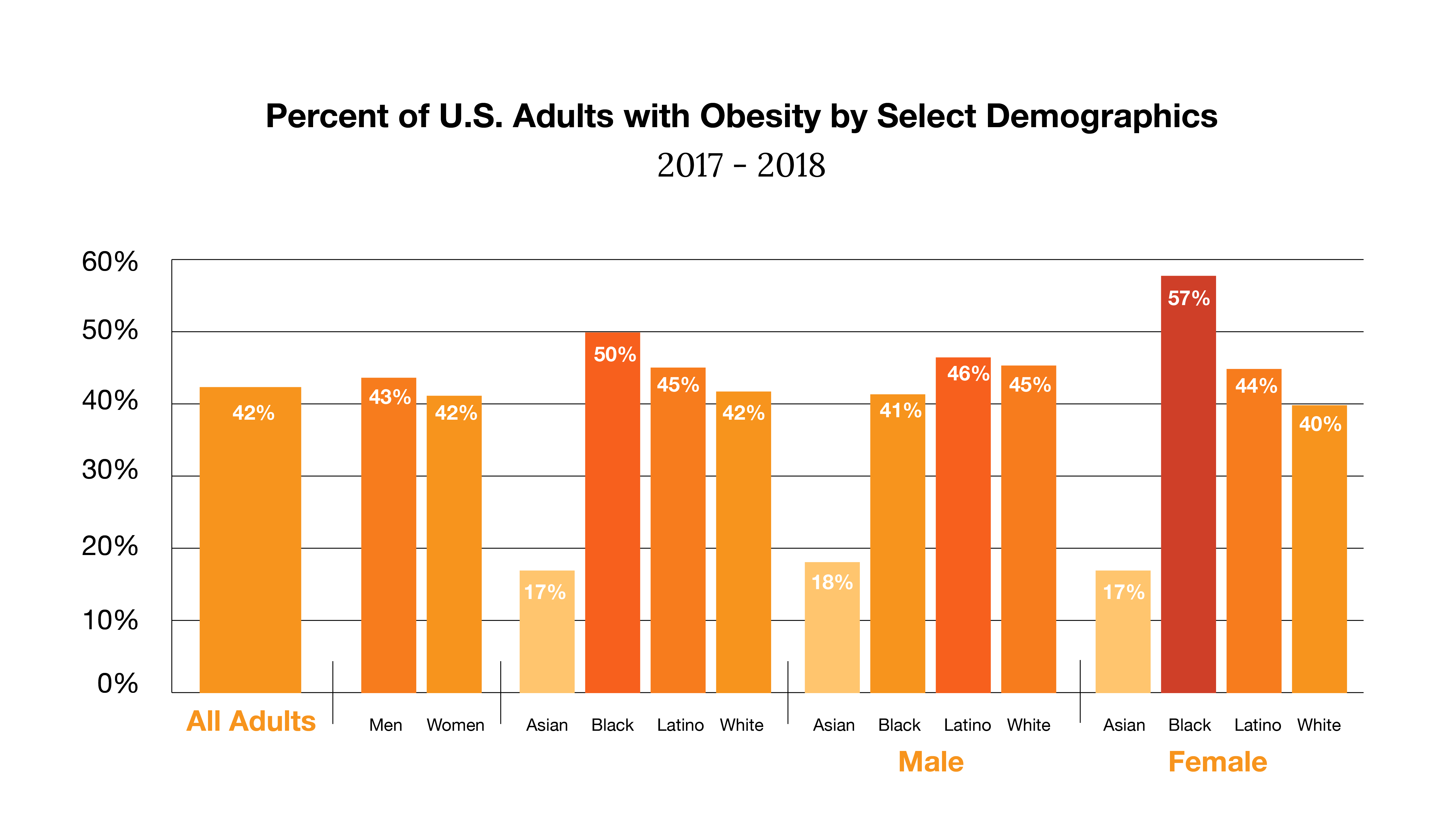
In Trust for America’s Health’s report The State of Obesity, it was found that obesity levels vary significantly by race and sex, with black and Latino groups having higher rates of obesity, while men in general have slightly higher rates than women.
Obesity’s impact on individual medical costs
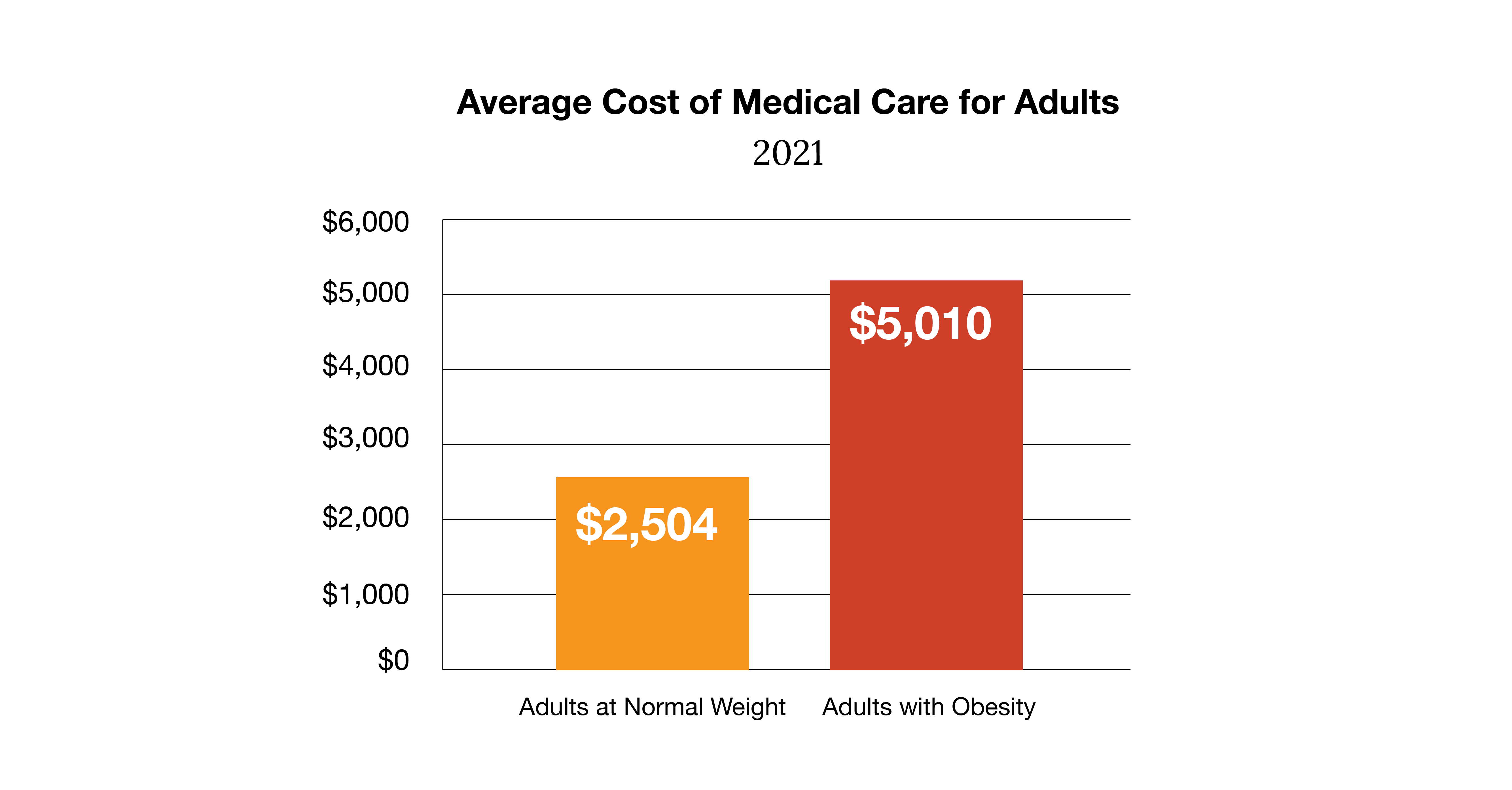
Adults with obesity had average medical expenditures that were $2,505 higher than adults without obesity, almost double. A study in the Journal of Managed Care + Specialty Pharmacy found increases in all major categories of medical care for adults with obesity, particularly inpatient services and prescription drug expenditures.
Weight gain during the pandemic
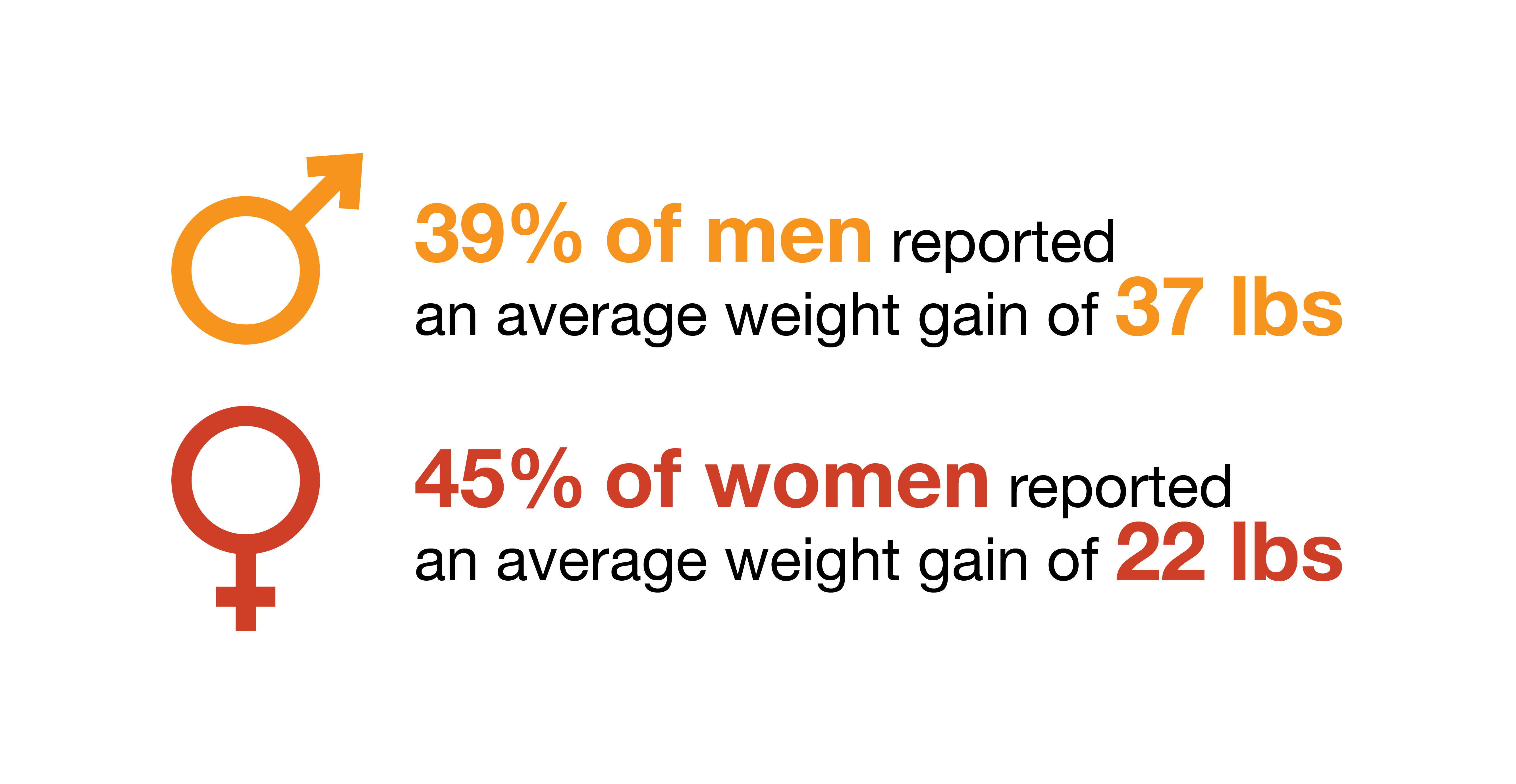
It probably comes as a surprise to no one that the pandemic contributed to weight gain across the board. In a self-reported poll by the American Psychological Association included in The State of Obesity, both men and women reported undesired weight gain during the height of pandemic-related closures.
Obesity’s impact on lost workdays
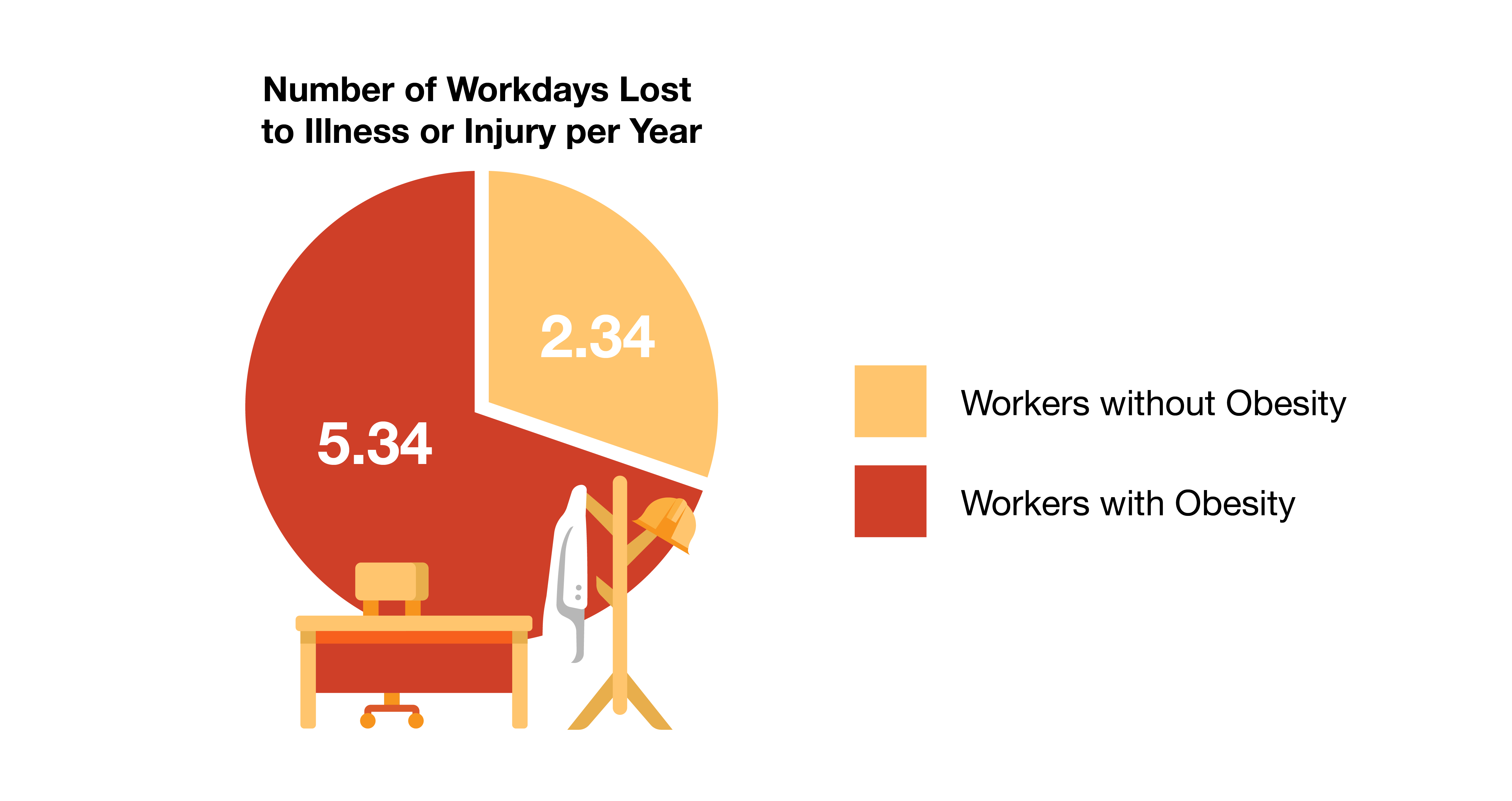
A recent study on job absenteeism costs in the Journal of Occupational and Environmental Medicine showed that obesity, relative to normal weight, increases the number of workdays lost to illness or injury by three days per worker per year, or by 128.8%.
The cost of obesity to productivity

That same job absenteeism study found that average annual productivity loss per worker due to obesity ranged from $270.79 to $541.58 nationally. This study found that as the class of obesity rose, so did the impact on absenteeism in the workplace.
Lifestyle medicine’s impact on obesity
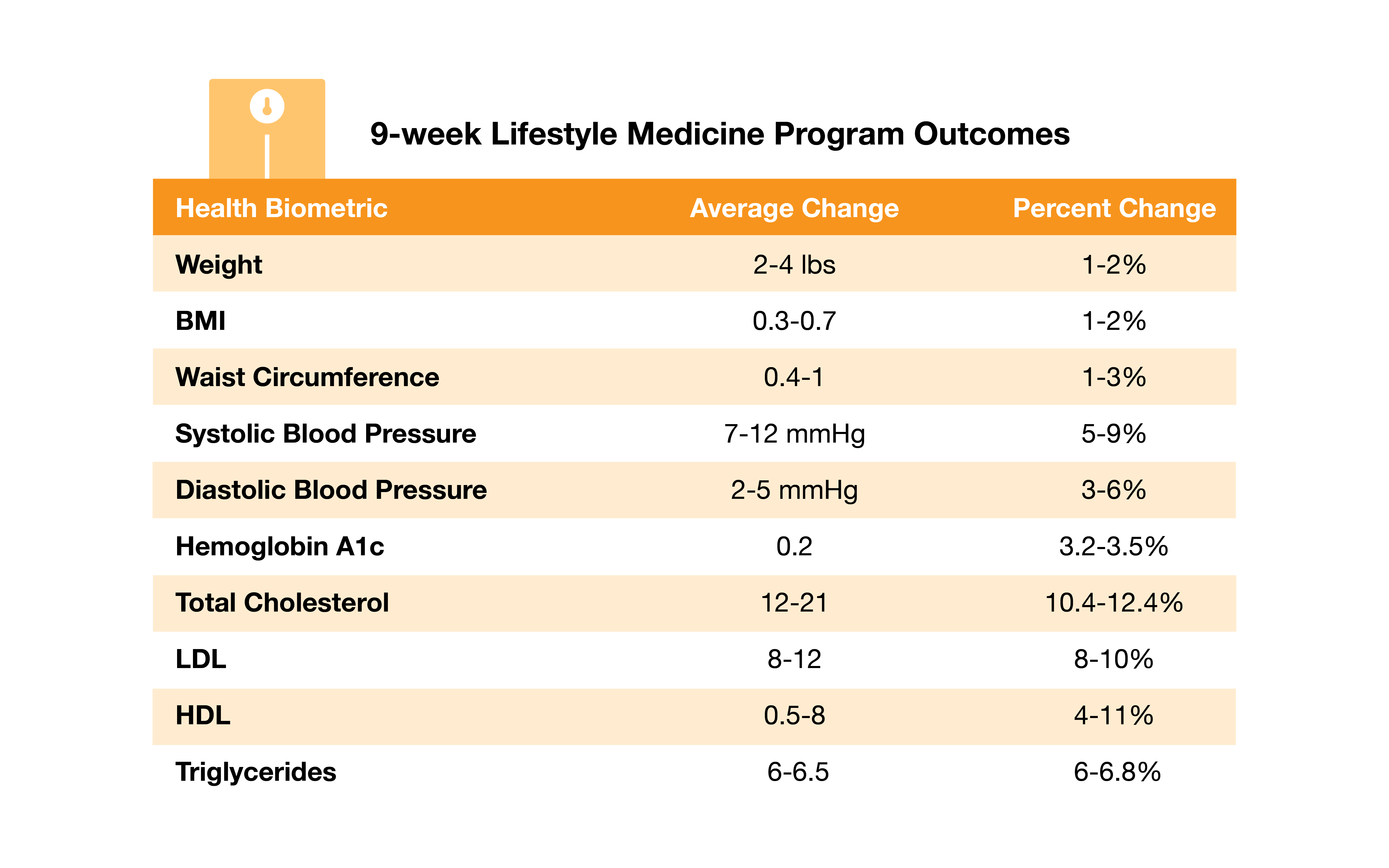
Source: Select Premise Health case study – 9-week Lifestyle Medicine Program Outcomes
So, what can be done to combat obesity? One Premise Health client implemented a lifestyle medicine program for their members that helped participants go from obese to overweight, from pre-diabetic to normal, from elevated total cholesterol to normal total cholesterol, and from pre-hypertensive to normotensive in just 9 weeks.
At Premise, we have created condition-specific programs like our Beyond Weight program that use lifestyle medicine principles to encourage real behavior change that takes an individuals’ mind, body, and spirit into consideration. Additionally, members are supported by a care team that includes behavioral health, clinical pharmacy, nutrition, physical activity, and population health working in tandem with their primary care provider. This approach works to address the root causes of obesity and helps our members achieve long-lasting outcomes, like the one featured above.
We know that obesity is a problem in this country, and we know that it’s affecting organizations and their bottom line. Our condition management solution is here to provide both individual and group support to members with chronic conditions, including obesity. Additionally, our clinical approach allows us to help members improve conditions like diabetes or heart disease that adults with obesity are at risk for.
Addressing chronic conditions like obesity within your population can help your organization save on healthcare costs for one of the biggest drivers of healthcare spend. Contact us to learn more about our innovative solutions to help members with obesity within your population.
Next on industry insights.
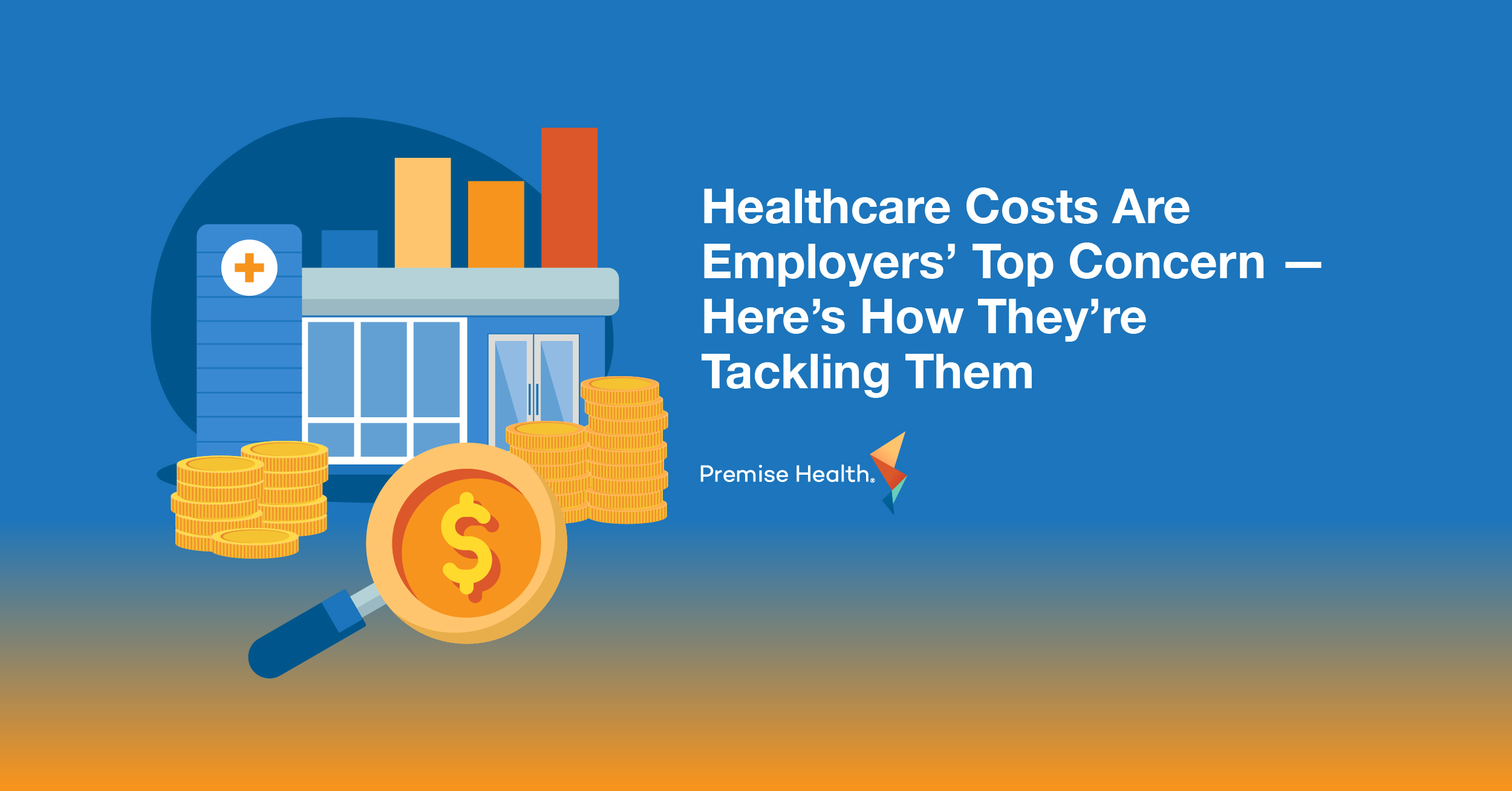
Healthcare Costs Are Employers’ Top Concern — Here’s How They’re Tackling Them
Read the Blog
How to Futureproof Your Healthcare Benefits
Read the Blog